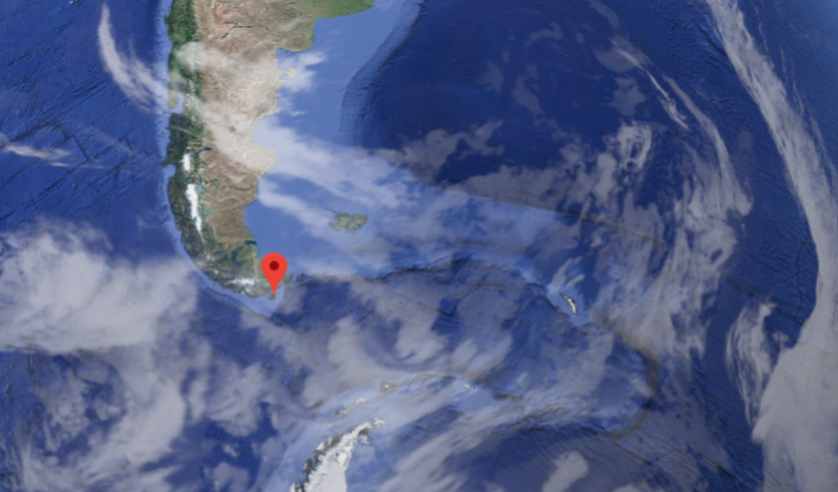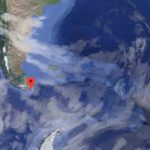Why the Atlantic and Pacific Oceans don’t mix. Watch the video of the science behind the strange phenomenon

When you look at seas and oceans on the map or from outer space, you might think that they just flow into each other. On the surface, it looks like there’s only one big giant ocean and scientists just gave different names to its parts. However, these oceans are vastly different.
While we’ve given the oceans different names, in reality, there’s no physical border between them. Ocean currents continually flow between them and mix their waters. The Atlantic and Pacific oceans do ‘meet’ at the southernmost tip of South America. In this region, a strong current carries water from west to east, sweeping water from the Pacific into the Atlantic.
You may be wondering, what about the viral photo circulating online that showed two different colored bodies of water drifting alongside each other? The fact is, the photo was actually taken in 2007 by Ken Bruland, a researcher at the University of California, Santa Cruz, who was studying the phenomenon in the Gulf of Alaska. Bruland debunked the photo. He later told Snopes that the phenomenon shown in the photo is what occurs when glacial rivers, carrying lots of sediment, flow out into oceans. The photo showed light-colored, sediment-rich freshwater from melted glaciers meeting dark, salty ocean water in the Gulf of Alaska
Before we get into the science behind this strange phenomenon, it is important you first understand the concept of “ocean clines.” Clines are layers within the ocean that have different properties than the surrounding water. They vary in temperature, salinity, density, or chemistry. The first layer is Thermocline, a cline based on the difference in water temperature. It is followed by Chemocline, a cline based on the difference in water chemistry, and Pycnocline, a cline based on the difference in water density.
The reason why Atlantic and Pacific Oceans don’t “mix” is due to a number of factors including ocean clines, Earth movement, the difference in the direction of ocean flow in the Atlantic and Pacific and A, the strength of molecule connection or surface tension strength, and thermocline.
Pacific ocean has different density and chemical make-up, level of salinity, and other qualities. One can see by their color that they are far from being the same. Haloclines, the borders between waters with different salinity, are the most spectacular, and this is what we see when the Atlantic and the Pacific oceans meet.
Haloclines appear when water in one ocean or sea is at least 5 times saltier than in the other. – Another important difference between the two oceans’ water is the strength of molecules’ connection or surface tensile strength. Maybe they could gradually start mixing with time, but as the flows in them have opposite directions, they just don’t have time to do this. Finally, there are also thermoclines, borders between water of different temperatures, like the warm water of Gulf Stream and much colder North Atlantic Ocean. Special thanks to Bright Side for providing the information and the video used in this piece.
Below is the video with in-depth detail about why the Atlantic and Pacific Oceans don’t mix.
https://youtu.be/U93QRMcQU5Y

